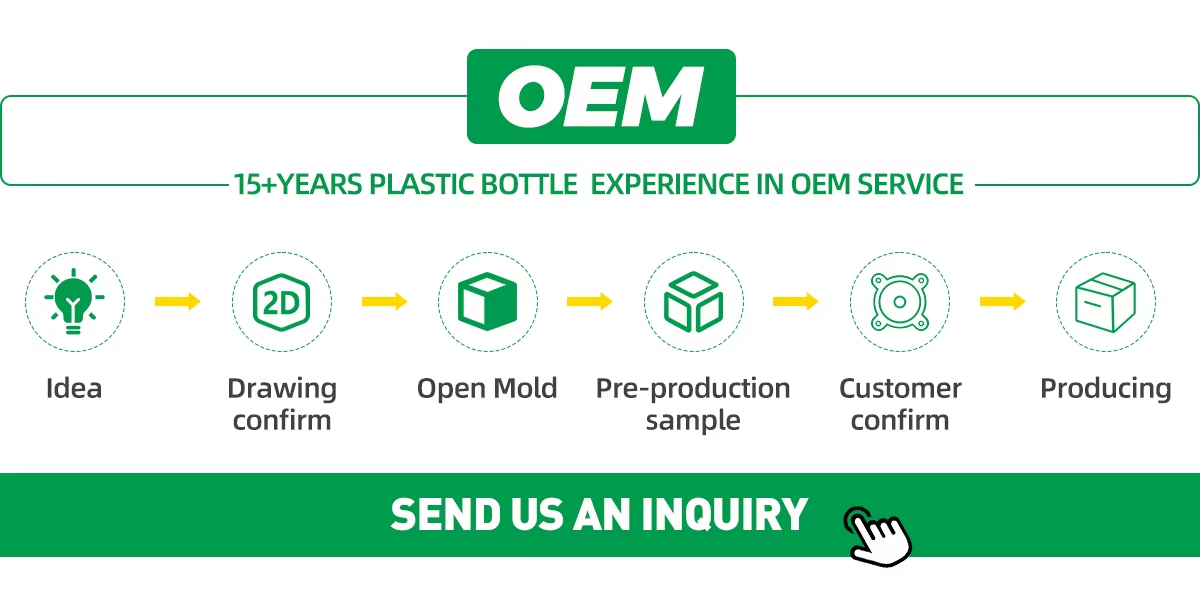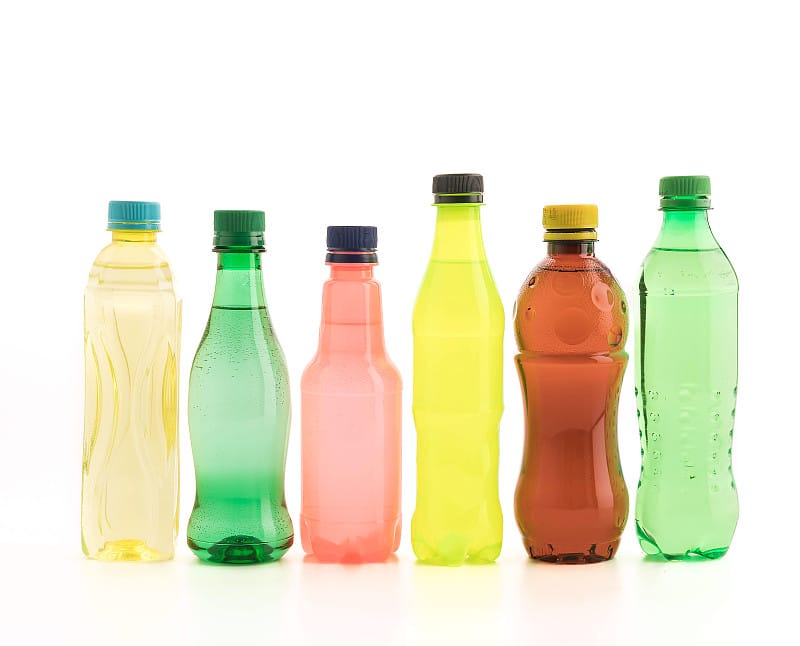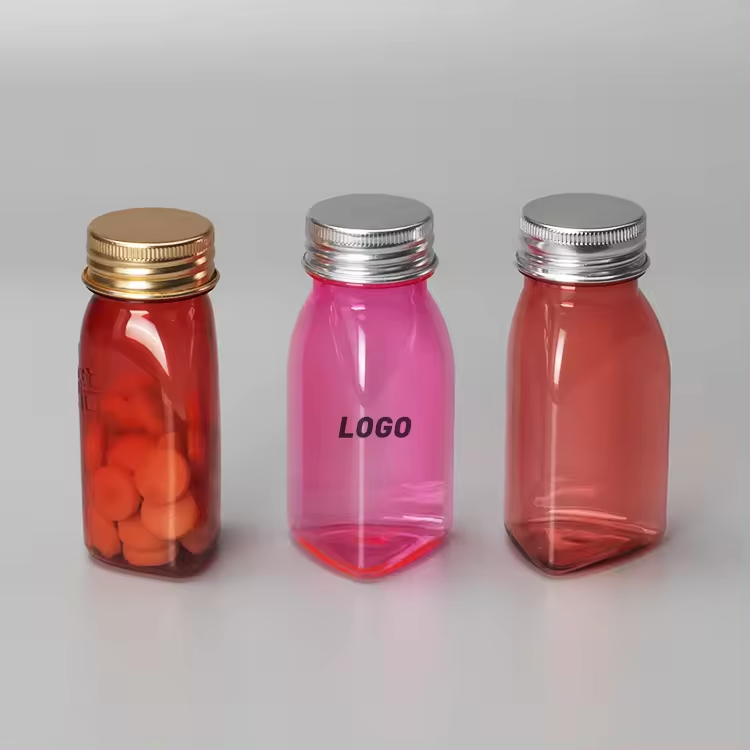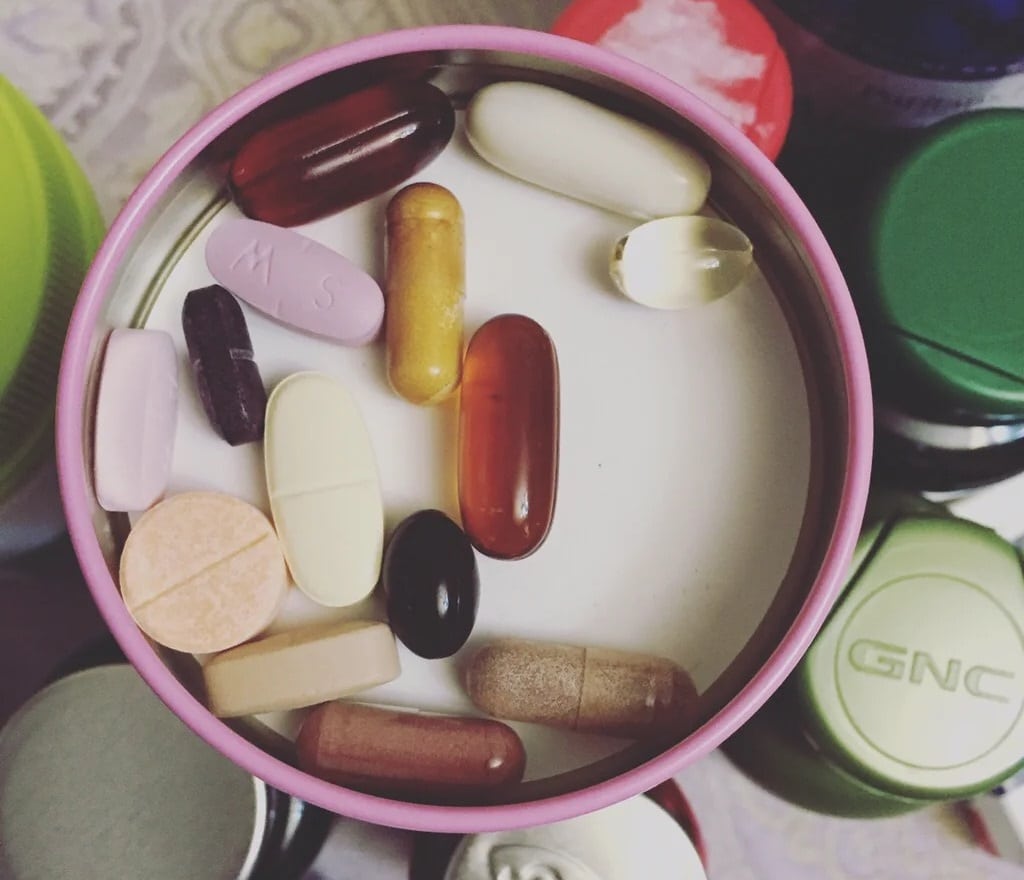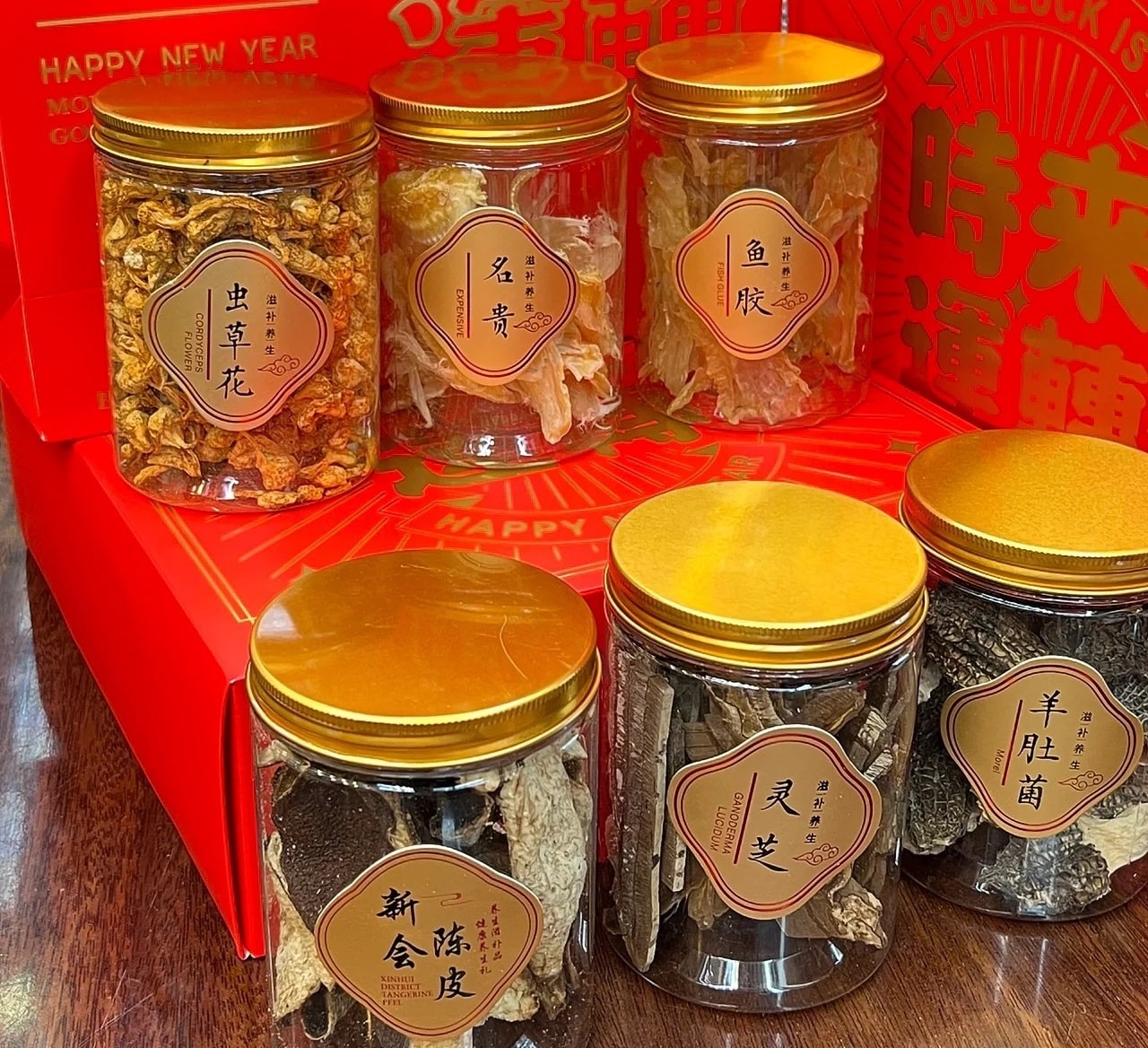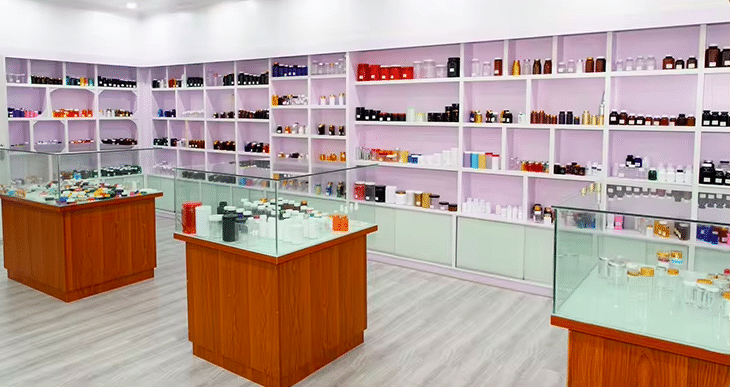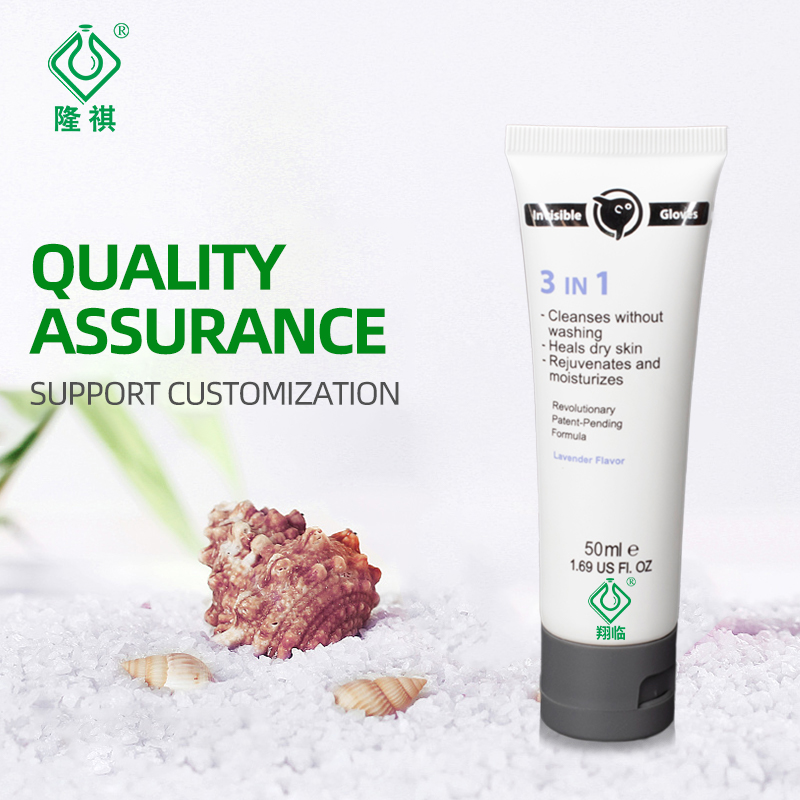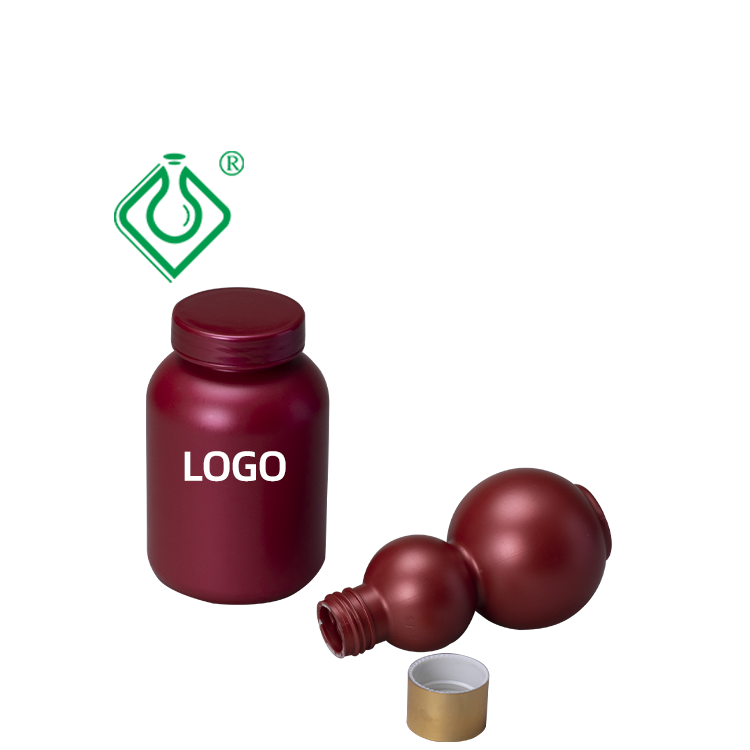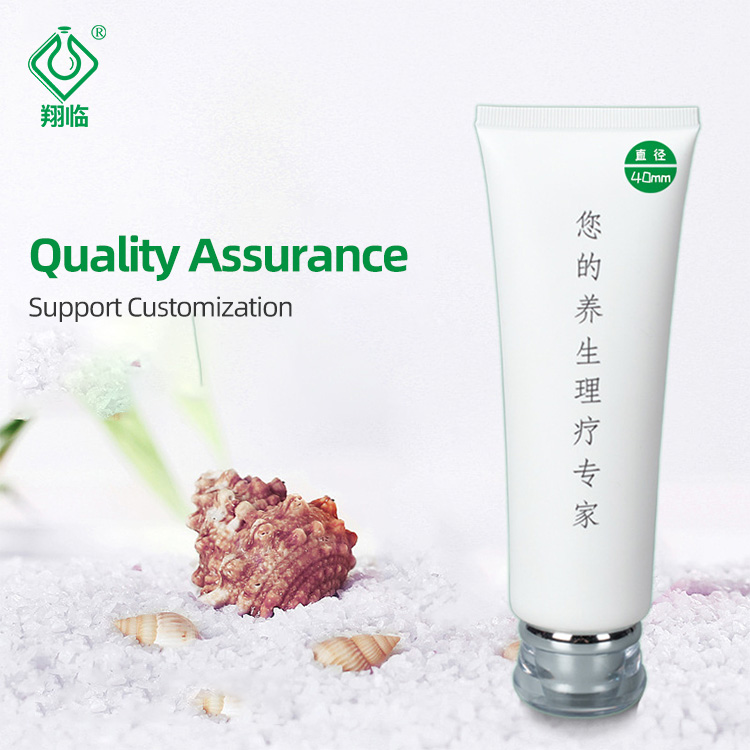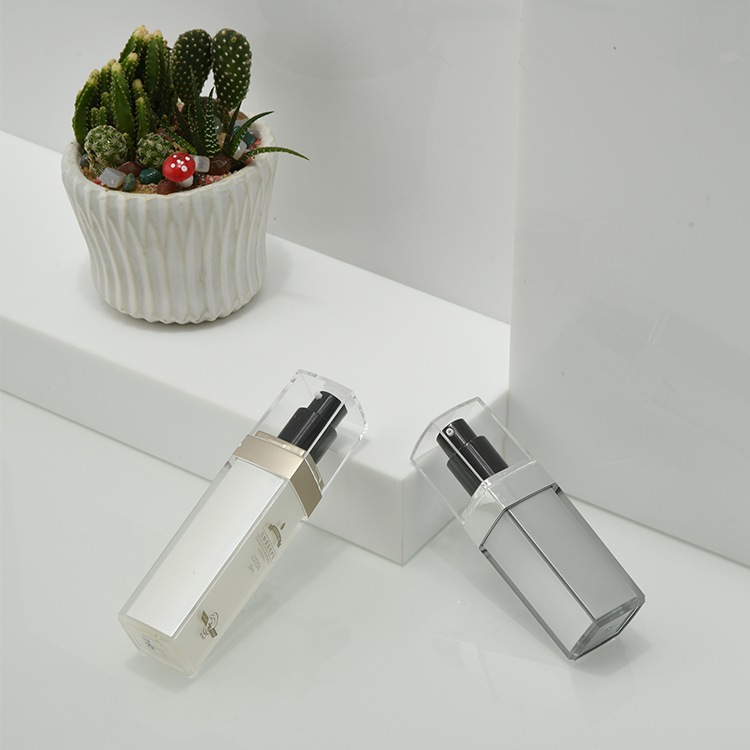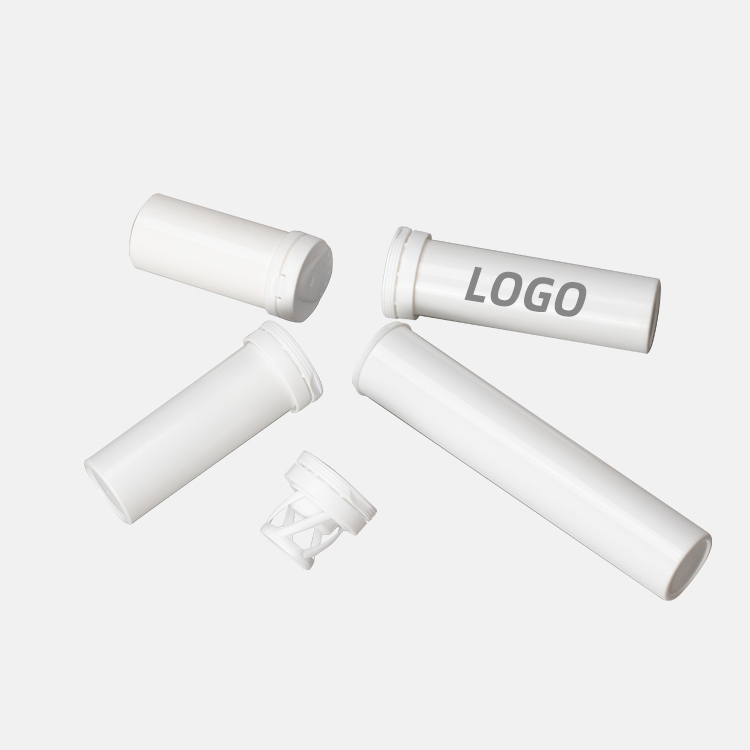What is protein powder?
Protein powder is composed of protein, fat, carbohydrates, water and other nutrients.
Protein is the main component of protein powder, and its content is generally more than 80%. Protein is an essential nutrient for the human body and has a variety of physiological functions, such as promoting growth and development, repairing tissues, and enhancing immunity.
Protein powder is a protein-rich nutritional supplement that can help people supplement insufficient protein intake. The following groups of people have more demand for protein powder:
1. Sports people
Sports people consume a lot of protein during exercise, so they need to supplement protein to promote muscle growth and repair. For fitness people, protein powder can help them build muscle faster. For endurance athletes, protein powder can help them recover faster.
2. Elderly people
The digestive and absorption functions of the elderly are reduced and they are prone to insufficient protein intake. Protein powder can help the elderly replenish protein and improve body functions.
3. Vegetarian
Vegetarians usually do not consume animal foods such as meat and eggs, so they are prone to insufficient protein intake. Protein powder can help vegetarians supplement protein and ensure balanced nutrition.
4. People who lose weight
People who lose weight need to control their caloric intake during the weight loss process, but at the same time ensure adequate protein intake. Protein powder can help people losing weight replenish protein and avoid muscle loss.
5. Patient
Patients with some diseases, such as burn patients, surgery patients, tumor patients, etc., need to supplement protein to promote wound healing and physical recovery. Protein powder can help these patients supplement protein and improve immunity.
6. Special groups
Pregnant women, lactating women, children and other special groups also need to supplement protein. Protein powder can help these people supplement protein and meet their nutritional needs during special periods.
When choosing protein powder packaging, you should pay attention to the following aspects:
Protein powder Packaging Material
Plastic Protein powder : Plastic packaging is the most common and cheap, but has poor sealing properties and is susceptible to moisture and deterioration. Common plastic materials include polyethylene (PE), polypropylene (PP), polyvinyl chloride (PVC), etc.
Metal Protein powder : Metal packaging has good sealing properties, but is more expensive and prone to generating static electricity and absorbing dust. Common metal materials include aluminum, iron, etc.
Glass Protein powder : Glass packaging has good sealing properties and high transparency. You can visually see the status of the protein powder, but it is fragile and has high transportation costs.
Sealing
Protein powder is a powdery substance that is susceptible to moisture and deterioration. Therefore, the sealing of protein powder packaging is very important. Well-sealed packaging can prevent protein powder from getting damp and extend its shelf life.
Capacity
The capacity of protein powder can be selected according to personal needs. Generally speaking, the larger the capacity of protein powder, the cheaper the price. However, protein powder with too large capacity is difficult to store after opening and is prone to moisture and deterioration.
Appearance
The appearance design of protein powder packaging also needs attention. Beautiful and elegant packaging can enhance the quality of products and attract consumers.
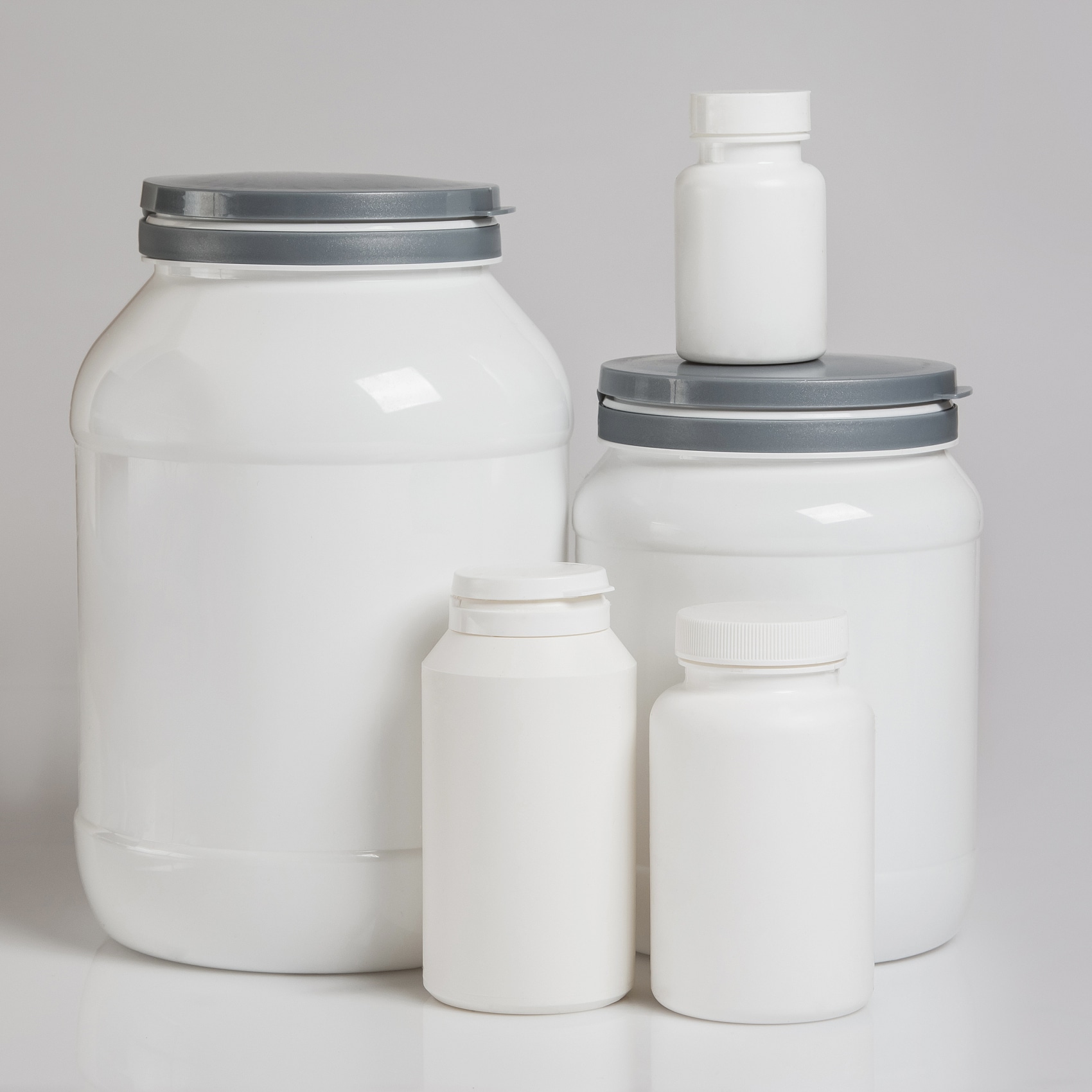
Why choose white bottles with wide mouths?
The wide mouth white bottle has the following advantages:
- The wide mouth design makes it convenient for consumers to take powder and avoid powder leakage.
- Wide-mouth bottles are easier to seal and can prevent protein powder from getting wet and deteriorating.
- The cost of white bottles is relatively low, which can reduce production costs.White is a relatively versatile color that can give people a clean and tidy feeling.
- The white bottle can block ultraviolet rays and protect protein powder from light deterioration.
Here are some suggestions for choosing protein powder packaging materials:
- If the protein powder has a high content, it is recommended to choose metal or glass packaging. Because high-content protein powder is more susceptible to moisture and deterioration, metal and glass packaging have better sealing properties and can better maintain the quality of protein powder.
- If the protein powder has fine particles, it is recommended to choose plastic packaging. Because fine-grained protein powder is more likely to absorb moisture, and plastic packaging is lighter and easier to transport.
- If the protein powder needs to be stored for a long time, it is recommended to choose metal or glass packaging. Because metal and glass packaging provide better sealing, the shelf life of protein powder can be extended.

